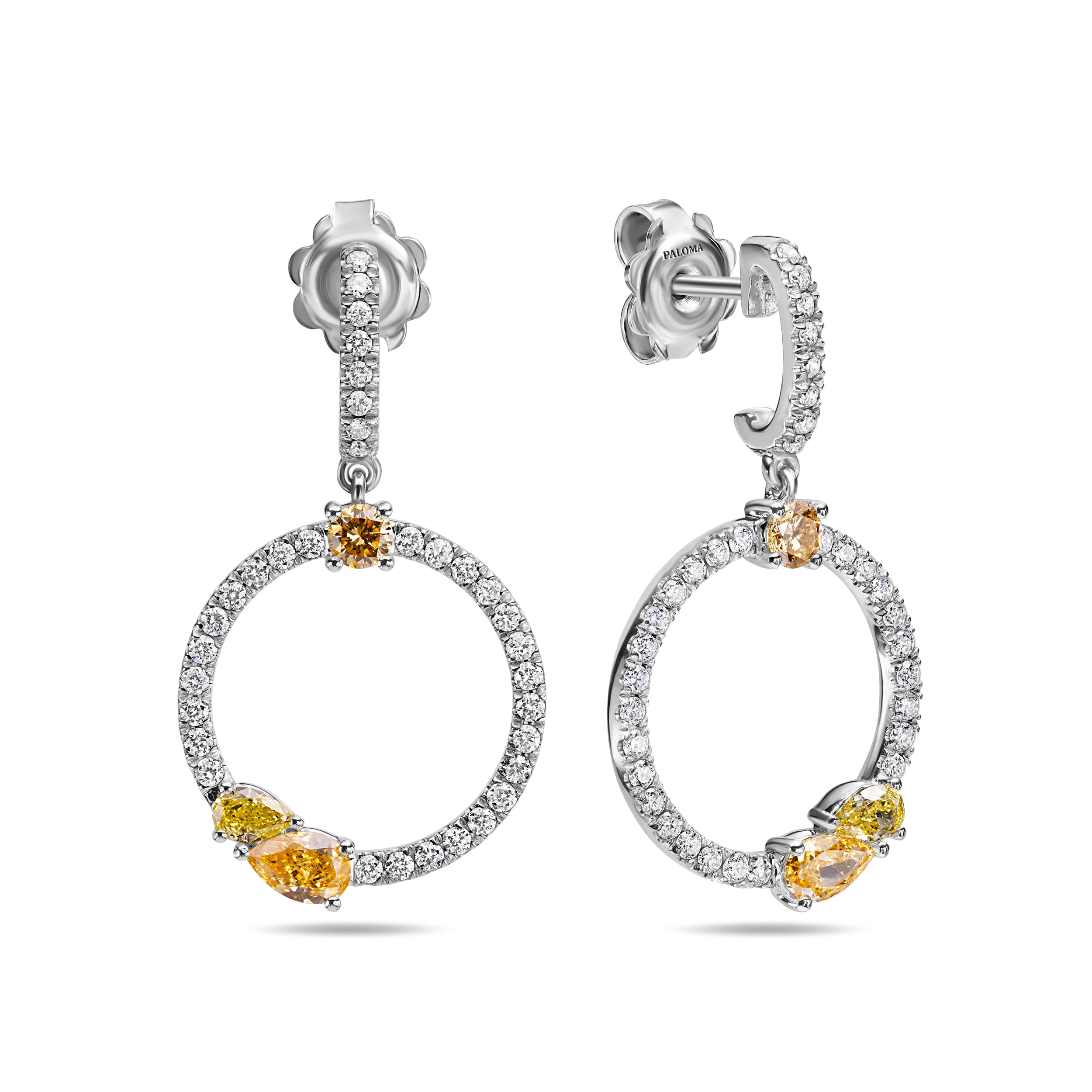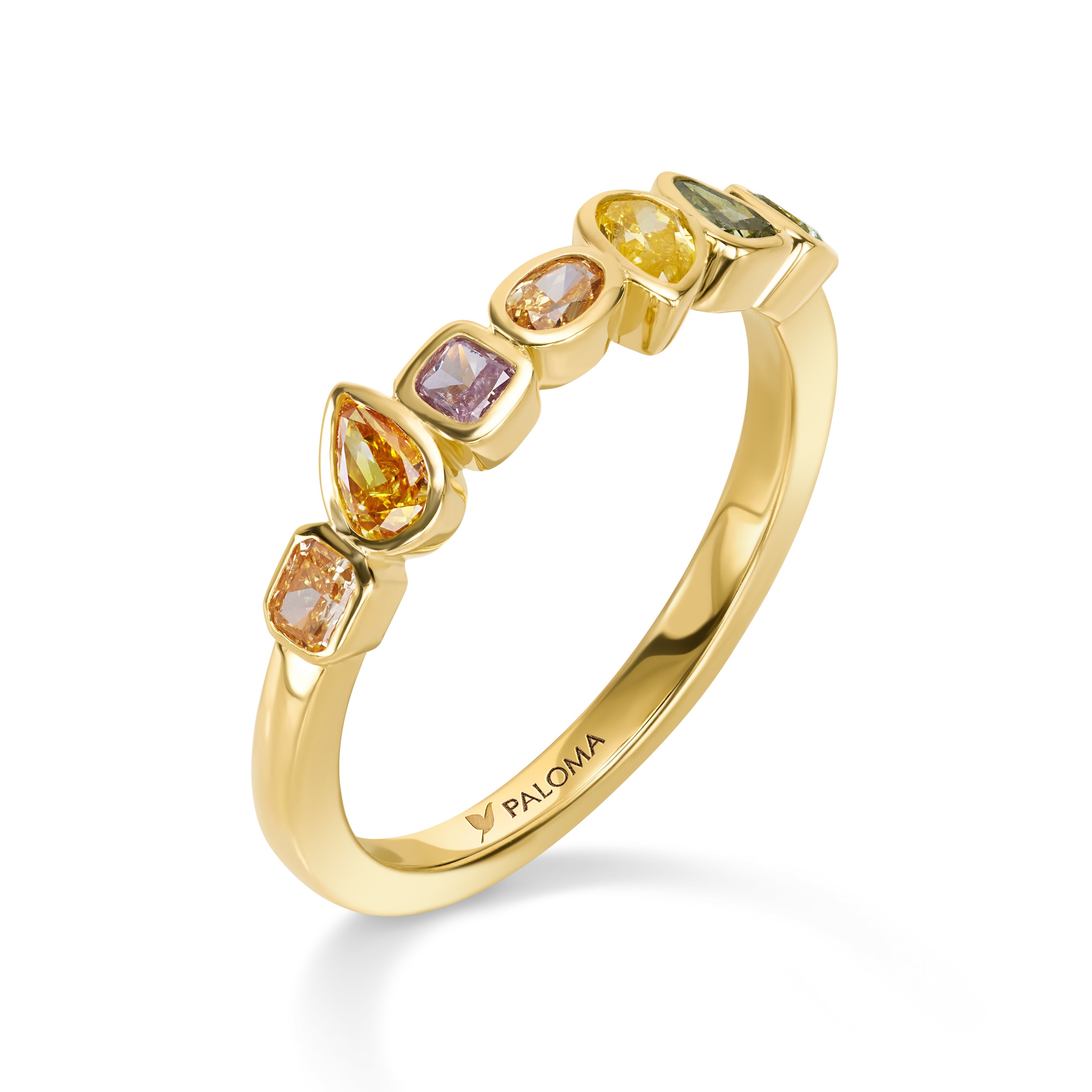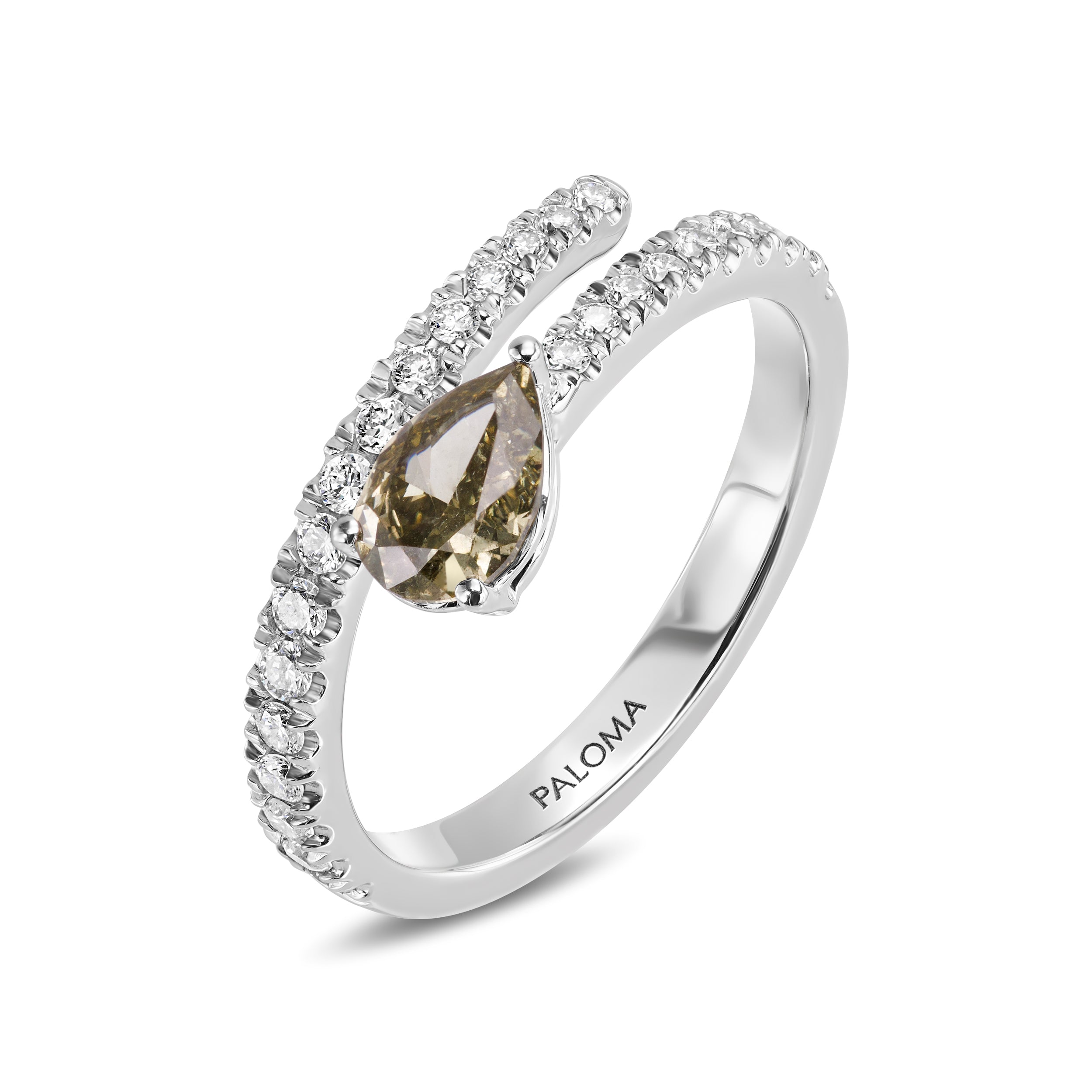
Choosing Your Shine: Understanding the Differences Between 14K, 18K Gold, and Platinum Jewelry
Understanding Jewelry Metal Purity
Gold Purity: 18K vs 14K
Gold's purity is measured in karats (K), which denotes the amount of gold out of 24 parts. Pure gold is 24K but too soft for most jewelry, hence the creation of stronger alloys.

|
18K Gold Consisting of 75% gold, with the remainder made up of metals like silver and copper, 18K gold offers a richer yellow tone and a good balance of purity and durability. |
14K Gold Contains 58.3% pure gold. It's more durable than 18K due to a higher percentage of alloy metals mix, making it an excellent choice and a preference for everyday wear. |
Platinum
Unlike gold, platinum used in jewelry is typically 95% pure, alloyed with metals like cobalt or iridium. It's highly durable, making it ideal for settings that secure precious stones firmly in place.

Precious Metal Characteristics
Gold: The color and properties of gold vary depending on the alloy. It is naturally resistant to rust, tarnish, and corrosion.
Platinum: Platinum is denser and more durable than gold, and it maintains its white sheen without the need for plating, unlike white gold.
Pros and Cons of Choosing Between 14K, 18K Gold, and Platinum
| Pros | Cons | |
|
14K Gold |
Highly durable, more affordable, and holds up better against wear and tear. | Less vivid color due to lower gold content. |
| 18K Gold | Higher purity, richer color, and retains value better over time. | Softer and more prone to scratching, higher price point. |
| Platinum | Extremely durable, does not fade or tarnish, and hypoallergenic. | More expensive and heavier, which might not be comfortable for all wearers. |
Technical Breakdown of Gold Color Chart

Gold jewelry comes in various colors, each achieved by altering the alloy composition:
White Gold:
Achieved by mixing gold with palladium or nickel, and silver, often coated with rhodium for durability and a whiter appearance. Typically, for 18K white gold, the alloy is about 75% gold and 25% white metals.
Rose Gold:
This pink-toned gold contains a higher proportion of copper, usually around 25% when alloyed with 75% gold, giving it a warm, rosy hue.
Yellow Gold:
The classic gold color is usually created from a mix of 50% gold and 50% copper and silver, maintaining a balance that preserves the metal’s yellow hue.
Want to learn more about Jewelry?
Find out how to preserve the sparkle of your jewelry
Dive into our detailed guide below and witness the transformation of your diamonds back to their pristine state. Go to guide.
Looking for a ring? Want to know your ring size?
The perfect fancy color diamond ring should be the perfect fit and to find out what your size is we built a guide that will help you in your journey. Discover your ring size.
The science behind fancy color diamonds
Every natural diamond carries its own story, and fancy color diamonds, being exceptionally rare, each have a unique tale to tell. Learn more about the science behind fancy color diamonds.

Paloma Diamonds' Exquisite Choices
So here at Paloma Diamonds we utilize both 14K and 18K gold in our collections to enhance the natural beauty of the unique fancy color diamonds. Whether you are drawn to the luxurious richness of 18K gold or the resilient shine of 14K gold, our exquisite pieces ensure that there is something splendid for every connoisseur of fine jewelry. Explore our classic collection.


